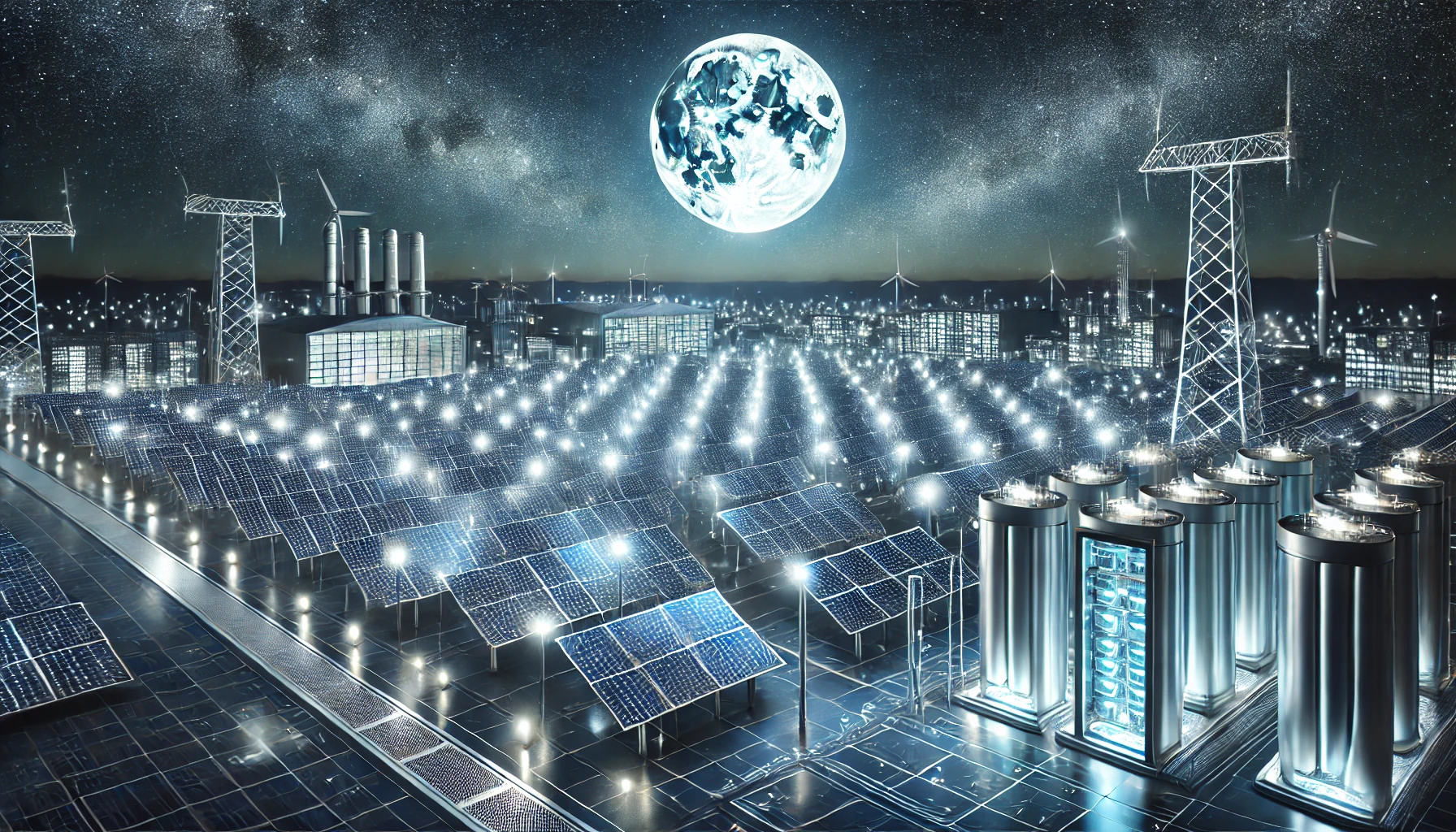Harnessing Solar Power at Night: Solar Energy Storage That Defies the Sunset

The Challenge of Solar After Dark
Ah, solar power! It’s the renewable energy superhero that swoops in during the day to save the planet from our fossil-fuel follies. But let’s face it, solar panels have one pesky flaw—they take a nap when the sun sets. For the longest time, this has been the Achilles heel of solar energy. Sure, those shiny photovoltaic (PV) panels do a fantastic job when it’s sunny out, but as soon as the sun hits the horizon, it’s lights out, quite literally. So, what’s the solution? Solar energy storage systems that allow us to harness solar power after dark, of course! Enter the new wave of technologies like liquid-metal batteries and advancements in PV cells that can store energy for a rainy (or starry) day.
Liquid-Metal Batteries: The Night Shift Workers of Energy Storage
Imagine a battery that’s not just sipping its juice but gulping it down, storing massive amounts of solar energy while your panels are sunbathing. Enter liquid-metal batteries—these aren’t your regular Duracells, folks! Developed by scientists at MIT, these batteries are designed to store solar energy at a much larger scale, making them ideal for energy grids. The genius behind liquid-metal batteries lies in their use of molten metals and salt, which allows for high energy density and long-lasting durability. These batteries can hold a charge for several hours, powering homes and industries long after the sun goes to sleep. It’s like having a second sun in your basement, only less fiery.
New Photovoltaic Cells: The Game Changers
While liquid-metal batteries are working the night shift, let’s not forget the star players of the day—the new generation of PV cells. These aren’t your grandma’s solar panels. Companies like SunPower and Tesla are leading the charge (pun intended) with innovations in PV technology that don’t just generate electricity but also store it. Researchers have developed ‘tandem solar cells’ that combine traditional silicon with perovskite, a material that increases efficiency by capturing a broader spectrum of sunlight. Some of these cells can even work during low-light conditions, making cloudy days less of an energy-suck. What’s more? These PV cells are becoming more affordable, meaning your average Joe can soon power his home 24/7 without breaking the bank.
Who’s Leading the Charge in Solar Energy Storage?
In the race to store the sun, several companies are making big moves. Tesla’s Powerwall is already a household name in solar energy storage, offering battery packs that can store enough energy to power your home throughout the night. Then there’s NextEra Energy, pushing boundaries with large-scale solar farms equipped with cutting-edge storage systems. Let’s not forget SolarEdge Technologies, which is bringing smart energy solutions to the table, integrating solar and storage to create a seamless energy experience for consumers. These companies are making solar energy not just a daytime affair but a round-the-clock source of power.
The Global Impact: A World Powered by the Sun
So, what does all this mean for our global energy grids? Well, for starters, it could revolutionize the way we generate and store power. Imagine a world where entire cities are powered by the sun, even after dark. No more worrying about energy shortages or blackouts during peak hours. Plus, solar energy storage can reduce our reliance on non-renewable energy sources, helping to curb climate change. Countries like Australia, Germany, and China are already making significant investments in solar storage, aiming to become solar energy leaders. If this trend continues, we might just be looking at a future where solar power is the dominant force in the global energy market.
The Future of Solar Energy Storage
As solar energy storage technologies continue to evolve, the possibilities are endless. We’re already seeing the rise of hybrid solar systems that combine solar panels with storage units, allowing homeowners to store energy for nighttime use. In the near future, we might even see solar-powered electric grids that never go offline. With the pace of innovation speeding up, it’s only a matter of time before solar energy storage becomes as common as Wi-Fi in your local coffee shop. The future is bright—literally and figuratively.
So, Are You Ready to Go Solar 24/7?
As solar storage technologies improve, the question isn’t whether you should invest in solar energy but rather when. The future of energy is here, and it’s solar-powered, even at night. Are you ready to join the revolution and say goodbye to fossil fuels for good?



